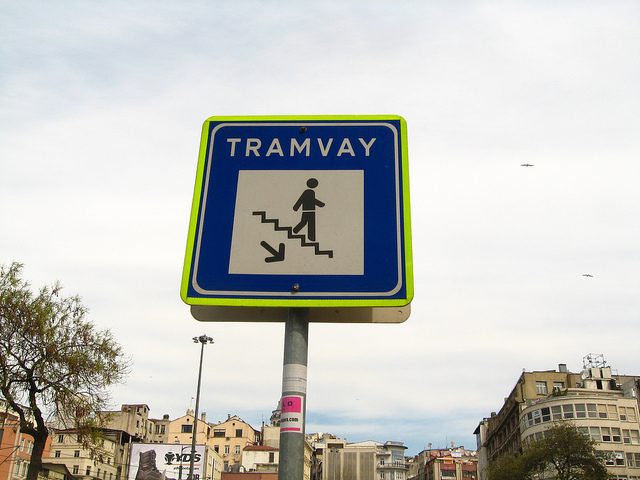Culture Shock: I Need A Sign

Over the last few days I’ve been hanging my proverbial hat in Southeast Asia, spending some time with a couple of our different teams who are engaging with local people groups. I’ve traveled a decent amount over the years, but there are certain situations you’re just never totally prepared for:
- Octopus. The more you chew, the bigger it gets.
- Seeing a tall white person in a country full of non-tall, non-white people. I’m a white person. I’ve seen myself. I know tall people. I’ve seen them. I shouldn’t freak out that much. But I do. Oh, I do.
- “No seriously, where’s the toilet paper. WHERE.IS.THE.TOILET.PAPER?!?”
But one of the common shocks to my system is being in a spot where signs – if they exist at all – simply don’t help. Maybe they’re not in my native language. Maybe they don’t point anywhere in particular. Maybe they’re in my language and point somewhere, but that “somewhere” moved decades ago.
Such was the case last week, when I had an eight hour layover in Istanbul and decided to explore the old city. Nothing helps you stretch your legs and forget a cramped airplane seat more than overpriced tourist baklava and a quick pass of the Hagia Sophia. So I jumped on the metro out of the airport, carefully followed the rail map as well as the advice of a trusted friend, and headed to my transfer point several kilometers away.
Only this was no ordinary transfer point. This was a transfer where I had to get off the train go up the stairs walk across a plaza go into a tunnel go down some stairs walk under a city street maneuver my way through a bazaar go back up some stairs walk across another plaza hang a right hang a left hit another street crossing and discover that I wasn’t looking for a train station at all, but an above ground rail car.
Easy enough, right?
Once I realized that the very friendly and helpful metro janitor didn’t have any ESL classes under his belt (“T Line?” / “Yes!” / “Is it this way?” / “Yes!” / “Or do I go this other way?” / “Yes!” / “We’re not getting anywhere in this conversation, are we?” / “Yes!”) , I figured I was on my own. So I did what all good American males do: I wandered. I crossed streets. Walked through tunnels. Retraced my steps. Read the signs more carefully. Stopped for ice cream. Crossed more streets. Walked the same four city blocks for about 50 minutes until I finally had a flash of insight and figured out exactly what I was supposed to be doing.
And the whole time, I was forced to think about the experience of our guests when they come into our cross cultural context on the weekend. Do our signs mean something? Are they in a common language, or do they point to MSSGs and Xtreme and The Zone and other ministry areas with catchy titles, but no context?
And perhaps most importantly, do we depend on signs as the primary method of wayfinding for our guests, or do we recognize that signs don’t replace people, and stregthen the signs with outwardly-focused, guest-driven volunteers?
Here’s the thing: three hours later I traveled the same route. I took the same trains. I made the same stops and maneuvered the same transfer. Only this time, I did it with an “I’ve been here before” sort of confidence. How much easier would it have been if I’d had a personal guide to get me where they knew I needed to go?
You need a sign. Your guests need a sign. But don’t depend on your signs as the end-all, be-all. Beef ’em up with great people to reduce the anxiety and heighten the experience.
Now if you’ll excuse me, I need to finish chewing this octopus.

Had octopus pizza my last year in college. I think I’m still chewing…
ALWAYS bring your own toilet paper.